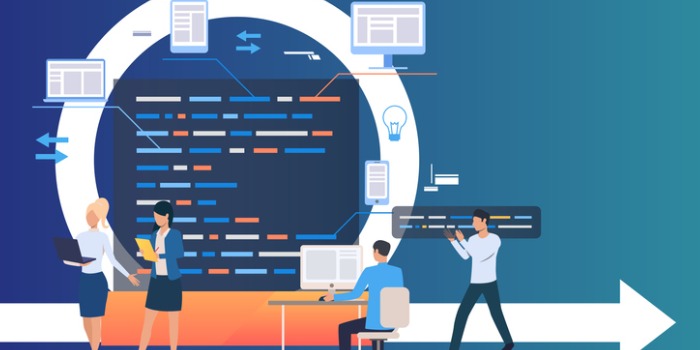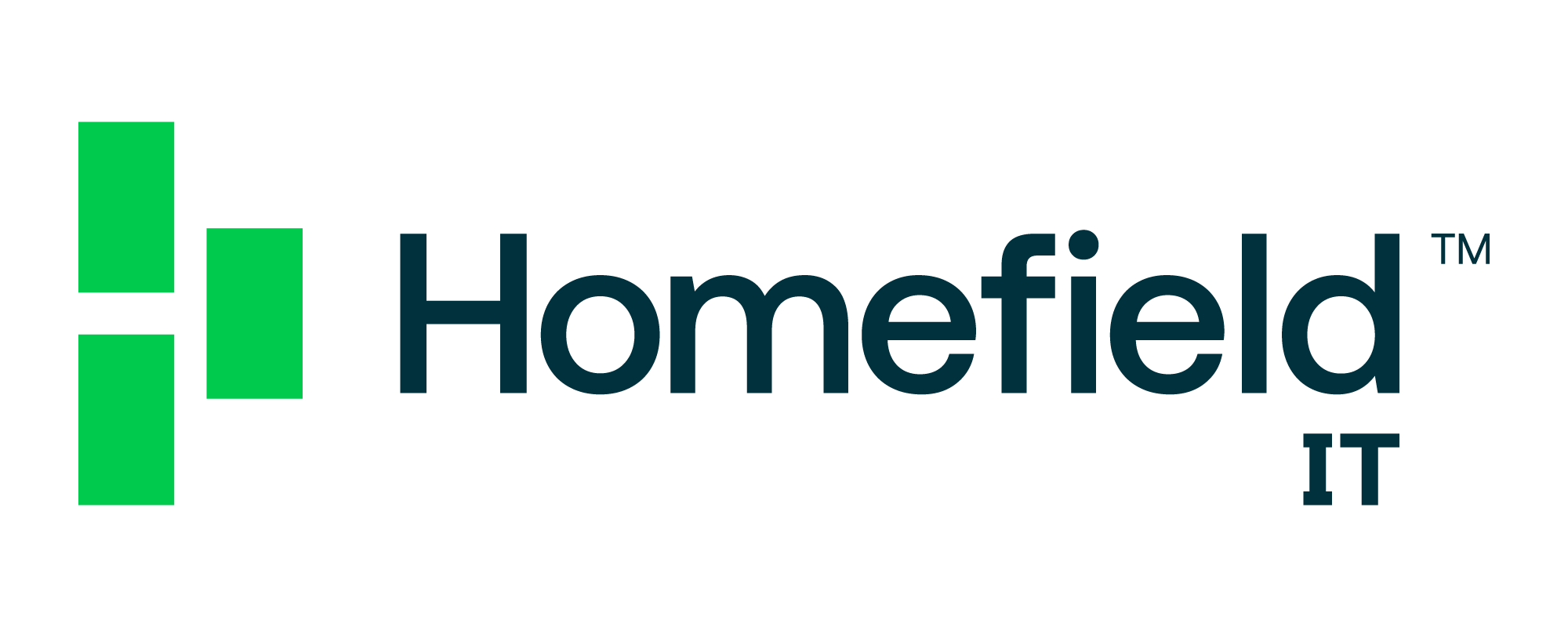Tech Support & Managed IT ServicesBusiness IntelligenceCloud ServicesIT Consulting & StrategySecuritySoftware DevelopmentTelecommunicationsReal EstateConstructionEducationFinanceHealthcareLegal
For many reasons, choosing a new software product for your business can be a complicated process. There are competing solutions on the market with similar features and marketing promises. How do you decipher the truth behind the messaging? What cybersecurity vulnerabilities will each solution create? Will they still meet the needs of your growing business next year, or the year after that?
Addressing these details can be a daunting, time-consuming task for people who lack a technical background.
The digital transformation team at Manhattan Tech Support has created this handy guide to help businesses vet a new software product. While these guidelines are no replacement for expert assistance, they should provide a solid foundation for a thorough evaluation process.

Ensuring a Platform and Vendor Meet Your Basic Needs
Let’s start by looking at some of the big picture questions you may ask about a solution when you begin your search.
Is it cloud-based (SaaS), or does it have a cloud-based option?
One of the fundamental technological decisions businesses make these days is the choice between cloud-based software or on-premise solutions. Both models have unique benefits and downsides.
- Cloud Solutions
With application data in the cloud, your data will be more accessible to staff working off-site, whether from home, the road or at branch offices. Despite that, large datasets can be expensive and unwieldy to process in the cloud. - On-Premise Solutions
A higher degree of security and instantaneous access to company data often makes on-premise software a better choice for mission-critical services. However, on-premise software often leads to data siloes and poor integration, reducing overall business efficiency.
To help make this determination, assess if you have people out in the field with limited connectivity that will need to access the system. If so, what options are available to make the desired solution feasible?
How mature is the application?
Fierce competition in the software development space, especially in the software-as-a-service market, makes having a vendor who’s well established valuable. It not only means they’ve addressed many of the technical bugs that are often present in early-stage software, but also that they have strong customer support processes in place, to make sure your adoption is a success.
Other concerns related to software maturity that you may want to consider:
- Does the software have APIs and/or Software Development Kits (SDKs) to allow for greater extensibility and customization, should the need arise?
- Are there any compliance regulations that need to be considered, and if so, does the software meet all your requirements?
The Importance of Retaining and Safely Migrating Data
Because the software industry changes so quickly, it’s important that you can retain and safely migrate data out of an application with as little difficulty as possible. This ability will be crucially important when you need to terminate your relationship with the vendor, which could occur in any number of common scenarios:
- The solution fails to meet the needs of your evolving business
- The software vendor goes out of business
- The vendor is acquired by a larger company
Performing a Financial Analysis of the Product
Another important aspect of determining the best software is by analyzing the software from a sales and marketing point of view.
Understand how pricing scales with growth
The next thing you’ll want to analyze while evaluating a new software solution is seeing how it’s priced and how well that pricing model meets your business needs.
Common software pricing models
- Per-User Pricing
This model, in which every user requires a unique license, is great for starting out with new software but can get expensive as your business grows. - Tiered Pricing
Tiered pricing provides different sets of features for different prices, such as “Basic,” “Premium,” and “Enterprise,” which requires that you understand the exact needs of each user profile.
Do the software feature add-on modules and will you need those modules?
It’s common for software to feature an attractive base price, then offer other features as paid add-ons. When vetting a new software product, check to see if you’ll need any of those add-on features either now or in the foreseeable future, and integrate them into your cost-benefit analysis.
How are the vendors’ references? What’s the general online sentiment about their product?
While the Internet can sometimes lead to information overload, in other ways, it’s made purchasing business software much easier, especially in that you can easily do research into customer sentiment about a software product and its competitors.
Directory sites like G2 and Capterra allow you to compare competing software products and gather information quickly, but they should only be the beginning of your search. Google research is an excellent way to gain deep insight into how satisfied existing customers are with any software, and where they’re dissatisfied.
Determining the Ease of Implementation
The next hurdle to finding the right software solution is determining how your business will implement the software. Poor software integration is a persistent problem for most businesses and a major source of lowered productivity and poor employee morale. This makes having a clear path to proper implementation key.
Answer these questions to help determine how difficult a software solution will be to adopt:
- What timeframe do they provide for user acceptance testing before going live?
- Are there local partners to work with, and do they provide references?
- Do they provide implementation service, or do they have certified partners they work with for this? How much does that service cost?
- Can they have a sales engineer demo client-specific use cases?
Determine if the Software Provides the Necessary Training & Support
Adopting a new software solution is disruptive to business processes and overall efficiency, especially when you factor in learning curves and employee training. That’s why another important dimension of identifying a proper solution is making sure that the company’s support and training processes meet the needs of your organization.
Here are some questions you may want to ask regarding training and support:
- How are support requests handled?
- Are there people at the company you can speak with when an important issue arises?
- Are the phone support reps based in the states?
- Is support all-inclusive? Or is there a per-incident fee?
- What kind of reviews does the company receive in terms of customer support?
Manhattan Tech Support Simplifies New Software Integrations
Choosing the right software vendors is vital to your company’s digital transformation, but it’s only one part of a much larger process. To maximize the impact and ROI of your transformation initiative, you’ll need to find the right solution, make sure it’s integrated with your workflows and existing technology, and support those systems to ensure long-term reliability and benefit.
If you’re having trouble with any aspect of your digital transformation, Manhattan Tech Support, and its dedicated digital transformation division, Exceed Digital, is here to help. Our friendly experts are trusted by companies nationwide to guide technology strategy, build custom software and integrations, manage world-class websites, and much more.
Want to speak with a software expert? We’re always available at either 212-299-7673 or !
SEE MORE
Kaytuso – the cybersecurity & regulatory compliance division of ManhattanTechSupport.com LLC.
Exceed Digital – the custom software development and business intelligence solutions division of ManhattanTechSupport.com LLC
 August 25, 2020
August 25, 2020 Manhattan Tech Support
Manhattan Tech Support





